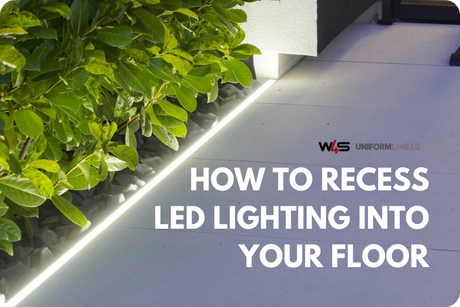Indoor growing of plants for personal consumption has steadily become more popular in recent years. The process allows for more control over the conditions that the plant grows in and allows us to create ideal conditions for growing your own plants of any sort. A technology that has seen much success in this new industry is LED grow lights. Although new, the LED grow light has already made its mark on the market due to its ability to produce great yields while not smothering the plant with heat and using a reasonable amount of electricity. There are, however, a few things to look out for when purchasing your first LED grow lights.
 Besides the fact that LED grow lights use up to 60% less energy than traditional bulbs, it also gives off wavelengths of light that can be adapted to suit the plant’s specific stage of growth.
Besides the fact that LED grow lights use up to 60% less energy than traditional bulbs, it also gives off wavelengths of light that can be adapted to suit the plant’s specific stage of growth.
The first consideration when choosing your LED grow lights for indoor plants is the wattage of the light. This is determined by your available grow space. The general rule of thumb to follow is that every square foot of growing space needs 25 watts of power. From here you can calculate what you need for the space you have available, i.e. for 30 square feet, you’ll need a 750 watt panel and for 100 square foot, you’ll need a 2500 watt panel, or a few panels that make up 2500 watt.
Every green plant goes through different stages and each stage comes with its own lighting requirements.
A seed starts its life in the vegetative stage where the stems grow out to prepare for the flowering stage when flowers are formed. This stage normally lasts anything between 7 and 50 days. To maximize growth, the LED grow lights can be left on for 24 hour light cycles; however, standard light cycles dictate 18 hours on and 6 hours off. The growth in the vegetative stage can be boosted by using blue spectrum lights with a range of 440 – 470nm – this light mimics the long days of summer sun and encourages vegetative leaf growth.
When you’re ready to end the vegetative stage (if you want to end it before 50 days) the light cycle is switched to 12 hours on and 12 hours off. By adjusting the lighting to this schedule, the plant will automatically enter the flowering stage. When you change the lighting cycle, you can also switch the lights to red spectrum lights with a range of 640 – 660nm to get the most out of the flowering stage. The red light mimics the autumn sun and shorter days.
One of your considerations should definitely also be the angle of the lens. The smaller the angle, the smaller the coverage area, but the light density delivered to the plant will increase. Some LED lights come with customizable angles. If your LED grow lights are hung close to the plants, you should look for a light with a larger angle lens. The further your LED grow lights are from your plants, the smaller the angle of the lens.
LED grow lights have been successfully implemented in many growing operations, which include growing food such as tomatoes, lettuce, herbs and beans; house plants such as pothos and peace lily, flowers such as roses and violets; and in recent years, LED grow lights have also been used to grow medical marijuana with great success.
Using LED grow lights can definitely simplify the process of growing your own plants and food. If you keep the above-mentioned considerations in mind when choosing a LED grow light, you will find the perfect light in no time!


























